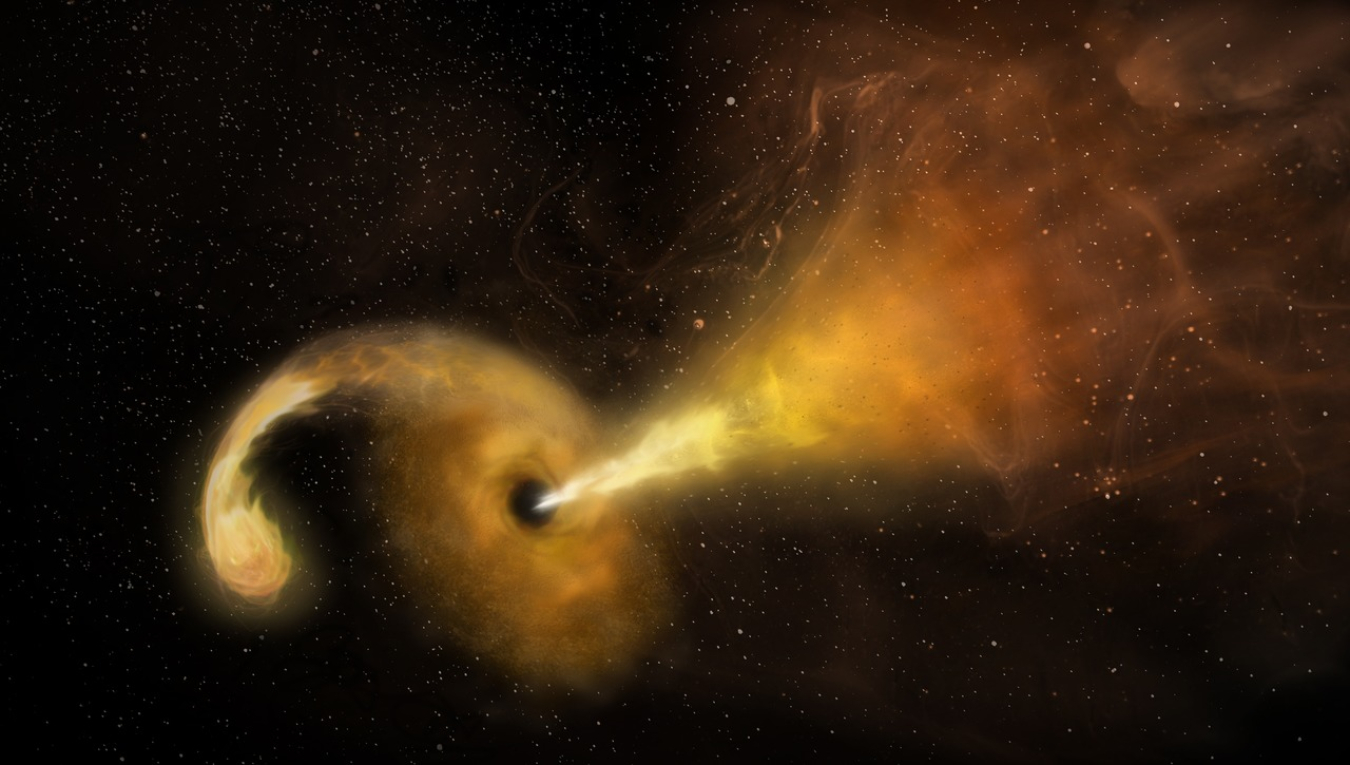
Relativity is two related theories: special relativity, which explains the relationship between space, time, mass, and energy; and general relativity, which describes how gravity fits into the mix. Albert Einstein proposed these theories starting in 1905. By the 1920s, they were widely accepted by physicists.
Special relativity involves two key ideas. First, the speed of light in a vacuum is the same for any observer, regardless of the observer’s location or motion, or the location or motion of the light source. Second, the laws of physics are the same for all reference frames that are not speeding up or slowing down relative to each other. A reference frame can be thought of as an environment in which an observer is at rest. For example, when you drive down the road, your car can be thought of as your reference frame. You are at rest with respect to your car and everything in it. However, if a reference frame is moving relative to another, those two reference frames each has a different perspective on time and space. The three dimensions of space and the one dimension of time as well as how we measure them make up what physicists call the space-time continuum.
Einstein’s most famous equation describes the relationship between energy, mass, and the speed of light. It says energy (E) equals mass (m) times the speed of light (c) squared (2), or E=mc2. It means that mass and energy are related and can be changed from one to the other. Mass is basically the amount of material an object contains (which is distinguished from weight, which is the force of gravity on an object). Mass changes depending on the object. In contrast, the speed of light is a constant—it is the same everywhere in the universe.
The speed of light is incredibly high. Because the speed of light is squared in Einstein’s equation, tiny amounts of mass contain huge amounts of energy. Another result of the theory of special relativity is that as an object moves faster, its observed mass increases. This increase is negligible at everyday speeds. But as an object approaches the speed of light, its observed mass becomes infinitely large. As a result, an infinite amount of energy is required to make an object move at the speed of light. For this reason, it is impossible for any matter to travel faster than light speed.
Special relativity describes how the universe works for objects that are not accelerating, called inertial reference frames. However, it doesn’t incorporate gravity. That’s part of the theory of general relativity. Before Einstein, the traditional view was that gravity was an invisible force pulling things together. Instead, general relativity states that gravity is how mass warps space and time. The bigger the mass, the more it warps things. Imagine that the universe is a rubber sheet covered with objects of different weights, each sitting in a curved depression formed by that object’s weight; more massive objects will bend the sheet more. General relativity is why stars, which are incredibly massive, bend the path of light. Black holes, with huge amounts of mass in a small space, bend space so much they actually trap light.
Special and general relativity come together to show how time is measured differently in different frames of reference, called time dilation. This effect happens because different frames of reference perceive time and space differently. Let’s look at an example: the muon. Muons are subatomic particles that are created when cosmic rays hit the Earth’s atmosphere. They decay after just 2.2 microseconds. Although muons travel at nearly the speed of light, they decay so fast that they shouldn’t reach the Earth’s surface. But many do. To an observer whose reference frame is standing on the Earth’s surface, a muon should travel only .4 miles in its 2.2 microsecond life. But because muons travel so close to the speed of light, from their reference frame time passes for them about 40 times slower than viewed by an earth observer. This means, from our perspective on Earth, a muon has a lifetime of close to 90 microseconds, during which it can travel 16 miles. This effect is known as time dilation.
DOE Office of Science: Contributions to Special and General Relativity
As fundamental theories of physics, special and general relativity underpin all the work supported by the Department of Energy Office of Science. Relativity is particularly important to the research of the DOE Office of Science Nuclear Physics and High Energy Physics programs. In addition, relativity is essential to many of the scientific facilities the DOE Office of Science supports. For example, DOE’s particle accelerator user facilities, which speed subatomic particles to nearly the speed of light, must take relativity into consideration.
Relativity Fast Facts
- In keeping with relativity, as particle accelerators speed subatomic particles, they also make those particles incredibly massive.
- Global positioning system (GPS) satellites fly in different orbits around the Earth. These orbits are different frames of reference, so GPS has to take special relativity into consideration to help us navigate.
Resources
- DOE SC Nuclear Physics program
- DOE SC High Energy Physics program
- Fermilab video: What’s relativity all about?
- DOE Office of Science Nuclear Physics user facilities
- DOE Office of Science High Energy Physics user facilities
Scientific terms can be confusing. DOE Explains offers straightforward explanations of key words and concepts in fundamental science. It also describes how these concepts apply to the work that the Department of Energy’s Office of Science conducts as it helps the United States excel in research across the scientific spectrum.

